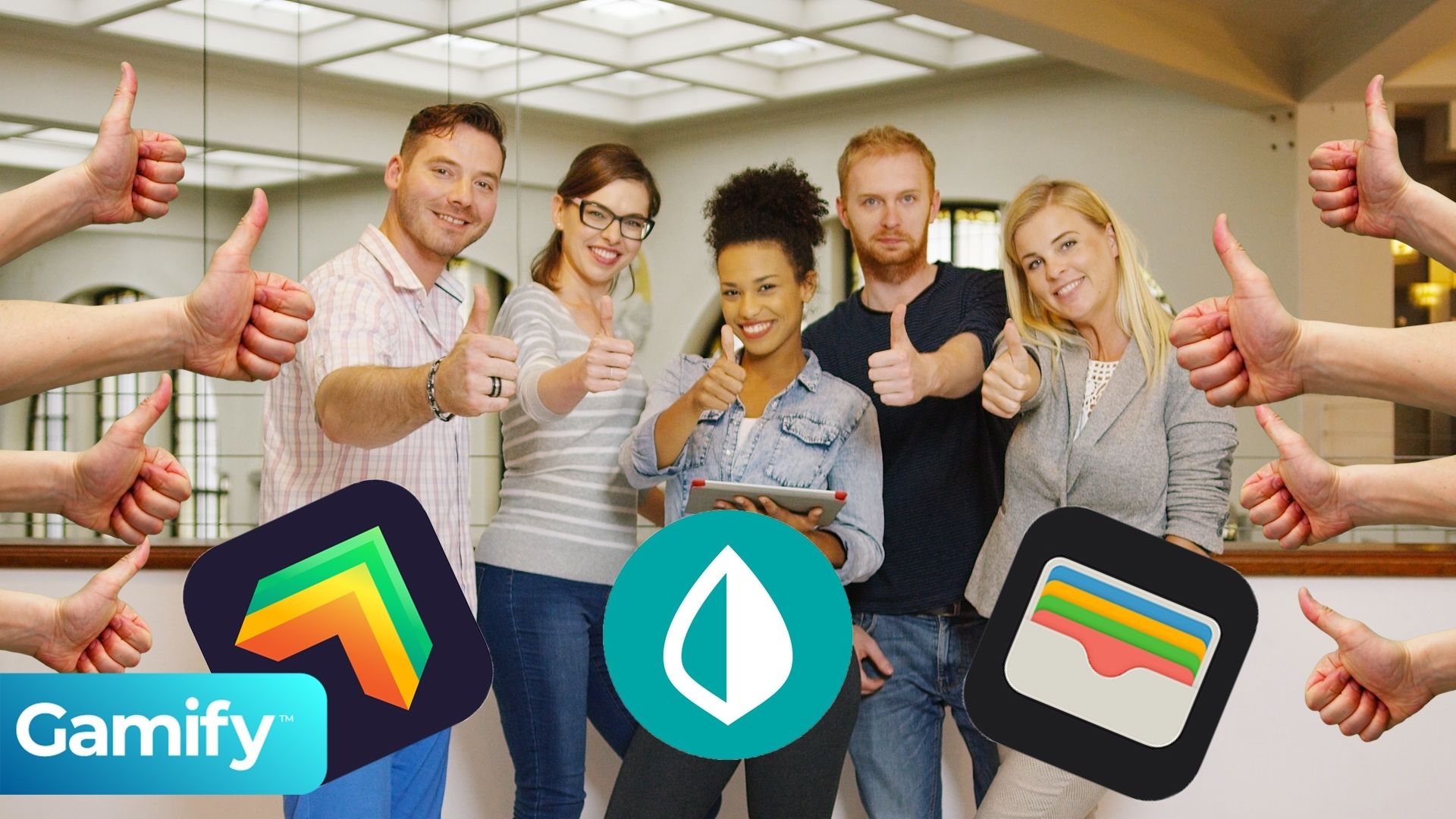How Money is Being Gamified
Sunday, April 3, 2022
Brands have been using gamification to guide their users to achieve their goals for years. Hitting your 10,000 steps for the day feels great, but what happens when you apply the same goal-setting mechanics to your personal finances?
Money is being gamified more and more as we move into a digital age. Gamification is the process of taking game design elements or game mechanics and applying them to other areas of life, such as in this case, investments, saving, and payments.
This can be done in a fun and engaging way to encourage users to participate. In this blog, we will explore some examples of how companies are gamifying money in interesting ways.
Let's take a look at three gamified finance apps that are successfully enhancing financial interactions with gamification.
Raiz
First up we have Raiz. Saving is a financial behavior that can be a difficult habit to form, especially if you're looking to do it consistently.
But being able to save money and invest at the same time can seem like a completely far-fetched idea.
Raiz is an app that rounds up your spending and invests the difference into a diversified portfolio of your choosing.
This incremental investment approach helps with building wealth at a faster rate than the long game of having the same amount slowly accrue interest within a savings account.
Their gamification approach not only utilizes user-targeted notifications like how your investment behavior relates to other uses of the same age for example.
But also relies on attractive visuals to provide the average user with financial literacy, like the use of dynamic graphs and projections.
This level of financial gamification, accessibility, and financial education has been previously detached and seemingly unapproachable nature to the common user.
Raiz uses your financial data to make your money work towards your savings goals. Acting almost as a pocket financial advisor on the matter of approachable stock market investments. Closing the gap that makes saving money and investing feel achievable by the broader demographic.
Mint
Next up we have Mint. since the development of money, humans have embarked on the never-ending quest to create the perfect budget.
Now we're not saying that Mint has done it but it looks pretty damn good.
Everything that motivates users is employed from financial goal-setting to tracking your spending. Mint has provided a thorough easy-to-use and understand application that's visually beautiful with its game-like elements.
But where Mint really stood out to us, is in its subscription tracking. As we've come to discover digital services more often than not utilize a subscription pricing model.
Now there's nothing wrong with using a subscription model for your payments but they're difficult to keep track of when you have so many.
With Mint personalized Mint sites, however, it tracks any increase across the various descriptions that you've most likely accumulated and lets you know how much they've increased by and how it impacts your personal finance goals.
Apple Pay
Finally, we have Apple Pay. Now when it comes to spending, brands like Apple have applied gamification to their digital wallet by applying attractive, almost playful visuals and accessible spending reports through their digital wallet.
Spending has become quicker, easier, and almost more enjoyable than ever before with quick purchase accessibility via the iPhone or the Apple Watch.
But if we delve more into the psychological rewards of digital payment, it's interesting to consider the use of sound, haptic feedback, shapes, and colours applied in the Apple Wallet.
The use of a major lighthearted chime when a user pays for a product, as well as the use of haptic feedback and a pleasing green tick, triggers a brain's reward circuitry within the user's amygdala, resulting in a pleasure response.
This pleasure response is what's called a dopamine reward system which has been intelligently integrated into Apple's design of their users' payment experience.
Summary
So what do you think? Has gamification helped add more money to your bank account, made your financial goals easier, and your spending more enjoyable? And does gamification even belong in the financial world?
Can gamification truly change human behavior? We'd love to hear your thoughts in the comments. And as always, if you'd like to know more about gamification, check out our blogs here.

